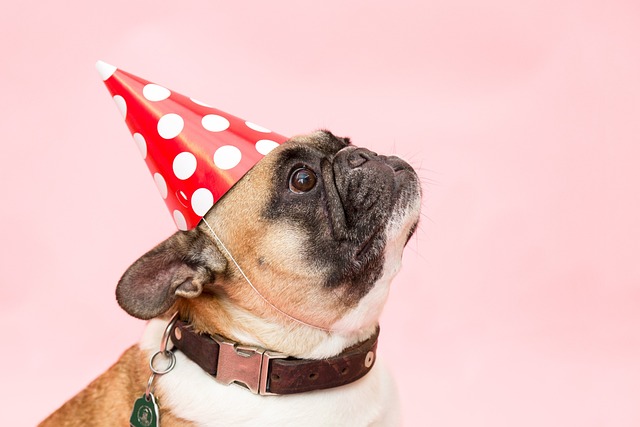
How can I tell if my dog's heatstroke is serious
Let’s be real: It’s a sticky August morning in Los Angeles, and you took your 2-year-old Golden Retriever, Max, for a walk a little later than usual
French bulldogs have those big, expressive eyes that melt hearts, but their compact faces and prominent peepers mean they’re prone to dryness, irritation, or even infections. When the vet prescribes eye drops, many owners freeze—how do you gently get liquid into those wiggly, sometimes resistant eyes without a fight? It’s not as tough as it looks, but it takes patience and a little know-how.
Start by prepping the space. Pick a quiet room where your Frenchie feels safe—maybe the living room where they nap, not the bathroom where they get bathed. Have the eye drops ready, but keep them out of sight at first. Sit on the floor, so you’re at their level. Offer a few treats just for being there; you want this to feel like a positive experience, not a chore.
Next, get them comfortable with gentle handling. Stroke their head, then slowly bring your hand to their face, pausing if they pull back. Once they’re relaxed, use one hand to gently lift their upper eyelid—just enough to create a small pocket. With your other hand, hold the eye drops bottle upside down, keeping the tip a tiny bit above their eye (you don’t want to touch their eyeball). Squeeze once—most dogs will blink, but that’s okay; the drop will still get where it needs to go.
 If they squirm, don’t force it. Take a break, offer more treats, and try again. Some Frenchies respond better if you wrap them in a towel like a little burrito to limit wiggling—just make sure their head is free and they can breathe easily. Praise them like crazy after each successful drop; positive reinforcement goes a long way in making future sessions easier.
If they squirm, don’t force it. Take a break, offer more treats, and try again. Some Frenchies respond better if you wrap them in a towel like a little burrito to limit wiggling—just make sure their head is free and they can breathe easily. Praise them like crazy after each successful drop; positive reinforcement goes a long way in making future sessions easier.
Remember, consistency matters. If the vet says twice a day, stick to that schedule. Missing doses can slow down healing. Also, keep an eye on their eyes between treatments—redness, discharge, or excessive blinking could mean something’s wrong. In many places, like the UK and parts of Europe, neglecting a pet’s medical needs can lead to legal trouble, so staying on top of their care isn’t just kind—it’s the law.
Finally, make it a routine. Pair eye drops with something they love, like a walk afterward or a special snack. Over time, they’ll learn that the drops mean good things are coming, and they’ll resist less. French bulldogs are smart and eager to please—with a little patience, you’ll both get the hang of it.

Let’s be real: It’s a sticky August morning in Los Angeles, and you took your 2-year-old Golden Retriever, Max, for a walk a little later than usual

You're enjoying a summer afternoon at the park when you notice your dog has stopped panting and appears disoriented - their gums are bright red

Let’s paint the picture: You’re in your Denver apartment, watching your 4-year-old Boston Terrier, Ruby, plop down mid-play session with her favorite toy

Many dog owners notice their pets nails seem shorter after regular walks,but how much does this daily activity actually help?The answer depends on where you walk—concrete sidewalks or asphalt streets gently file nails as a dog's paws hit the ground

Most dog owners notice their pup scooting across the carpet at some point, but few connect it to impacted anal glands. These small sacs near a dog’s rectum secrete a scent for marking territory

Most vets agree that regular dog teeth cleaning is key to avoiding painful dental issues later. For healthy adult dogs, a professional cleaning at the vet’s office every 12 to 18 months usually works well.